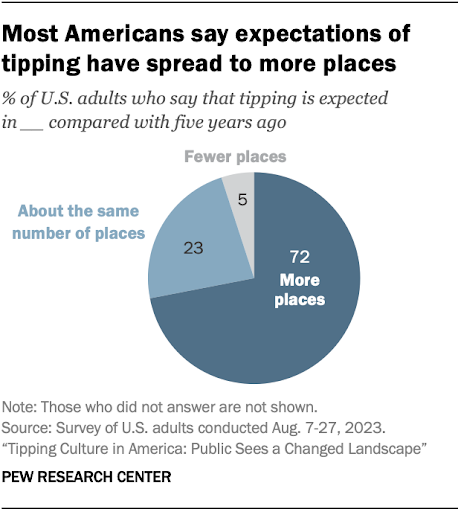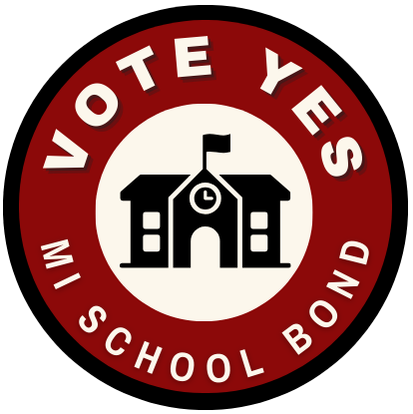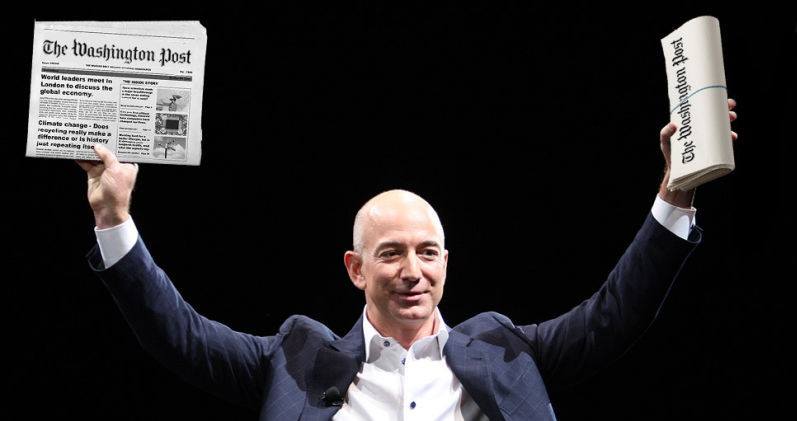The issue of “tipflation” and gratuity in the United States has reached a “tipping” point for many citizens nationwide. Tipping is defined as “a sum of money as a way of rewarding workers for their services,” according to the Oxford Dictionary. The act of tipping originated in central Europe around 1750, but it gained popularity in the United States in the mid-19th century as an act of kindness and respect for waiters, who at the time had low wages in the food industry.
Throughout 1950 to 2023, the percentage of a tip has increased from an average of 10% to 25% expected. These outrageous amounts are namely in sit-down restaurants, delivery services and haircuts, according to a data collection from the PEW Research Center, a nonpartisan organization focused on relaying studies on social issues to the public. A graph in the study states that 81% of U.S. adults leave a tip when eating at a sit-down restaurant and 59% tip when ordering food online from popular services, such as DoorDash or UberEats.
Business Insider constructed a study with ten drivers from DoorDash, UberEats and GrubHub in New York City, ordering items from Starbucks and adding different percentages of tips on each order. Most of the drivers stated that low tips were discouraging, but expected, and that a reasonable tip would be in the 25% to 30% range.
“When you order delivery, it’s a commodity,” Alberto Mendez, a driver who had worked for Doordash for several years, said. “You’re not going out, it comes to you. I’m the one that goes through 90-degree weather, going up and down a walk-up, signing into a building—all of that is time for me.”
These delivery businesses recommend and preset on orders at least 20%, which may sound reasonable; however, the context of items ordered is not taken account of. If someone were to order a $3 drink from a gas station, they shouldn’t be expected to tip 20% or more for a single item. Drivers can still make a good living without the reliance on tips.
Businesses such as Square, Lavu and Clover use advanced POS systems that can arrange tip amounts ranging from 15% to 25%, causing customers to feel more stressed when tipping due to the barista being able to see the tipped amount. At sit-down restaurants where the service is exceptional, a high tip should be expected. However, waiters shouldn’t rely on people tipping high due to the confusion of a POS.
The average hourly pay for a waiter in the United States is $10.06 per hour; however, in the city of Seattle, the average hourly wage is $16.86. With the increase of pay for an entry level server job in Seattle, should the average tip still be 20% or higher?
“I think that servers should be paid enough in their paycheck in order to make a living,” server Katie Friewell said. “I don’t think we should be expecting people to tip them extra just to make a living.”
Friewell works at Seoul Bowl in Capitol Hill, a buffet-style restaurant that gives customers ingredients to customize their rice bowls. Surprisingly, Seoul Bowl stated that they do not accept or assume customers’ tips.
“I’d argue it is like $5 per day, distributed between the workers. Or distributed to multiple people in staff,” Friewell said. “Stores like [Seoul Bowl], I don’t think people are expected to give tips. But at restaurants when you have a personal server, there should be tips.”
The culture of high tipping and gratuities is only prevalent in the United States. Mostly everywhere else in the world, employees will either not accept tips, be surprised if they receive a tip or reject the tip fully. Although tipping originated in Europe, it has been relegated out of most European countries all together.
“In Italy, it’s not expected [to tip],” worker Gena Kerrica said. “But I feel like the culture is coming to Europe too and in so many, many places. I wouldn’t say they expect it, like you don’t have to, but it’s a social thing.”
Kerrcia grew up in Milan, Italy and moved to the U.S. in 2015. The comments from Kerrcia on tipping culture gradually reappearing in European countries, coming from someone who has experienced both worlds, is something to pay attention to.
If we ground ourselves in the fact that we are rewarding a service, the reward is “tipflation.” There is a range of services, and tipping should not be expected for all services. The United States is dealing with an unrealistic expectation of tipping being required, rather than optional and deserved.









